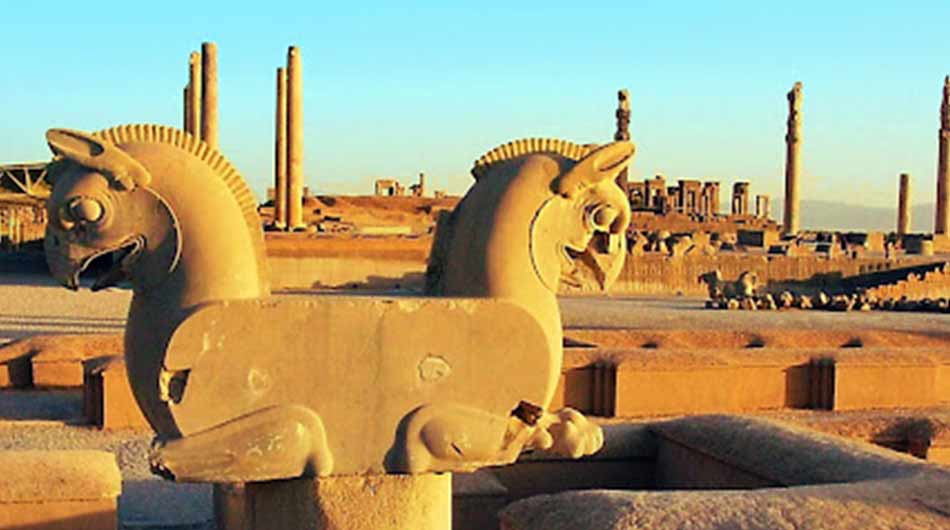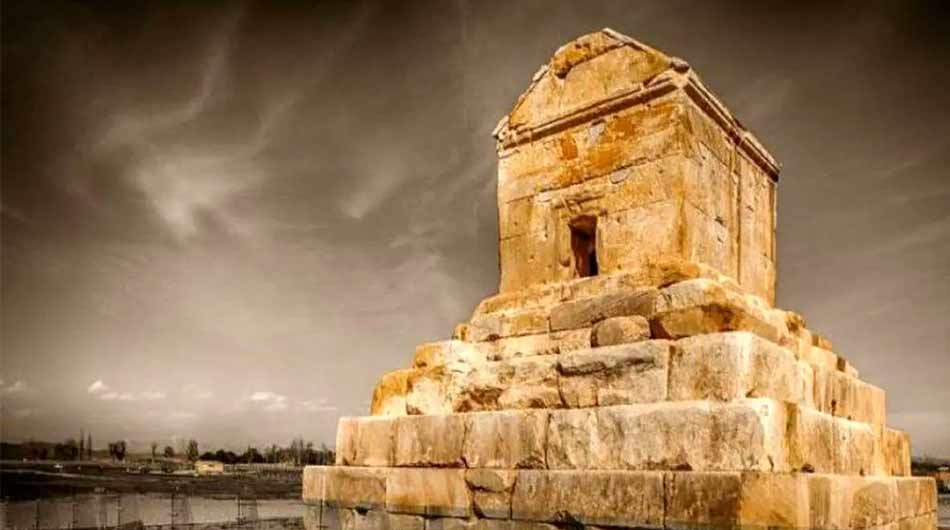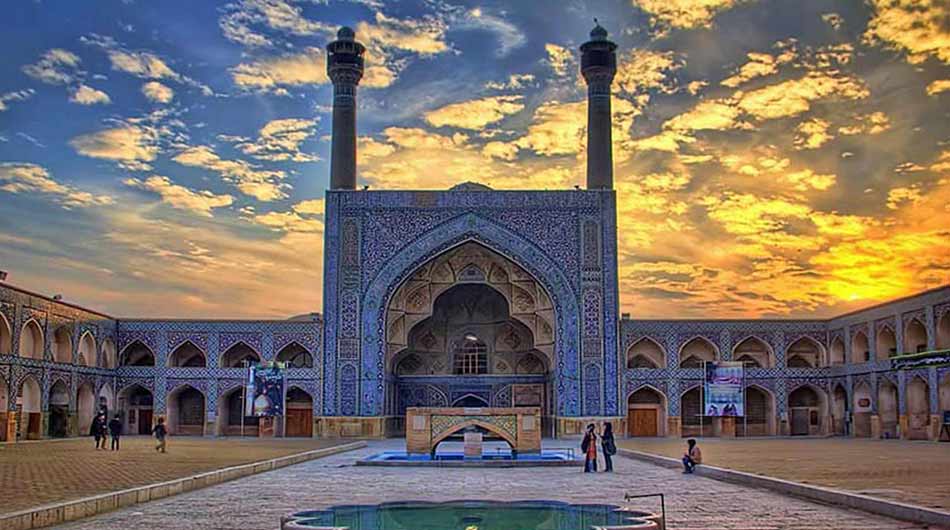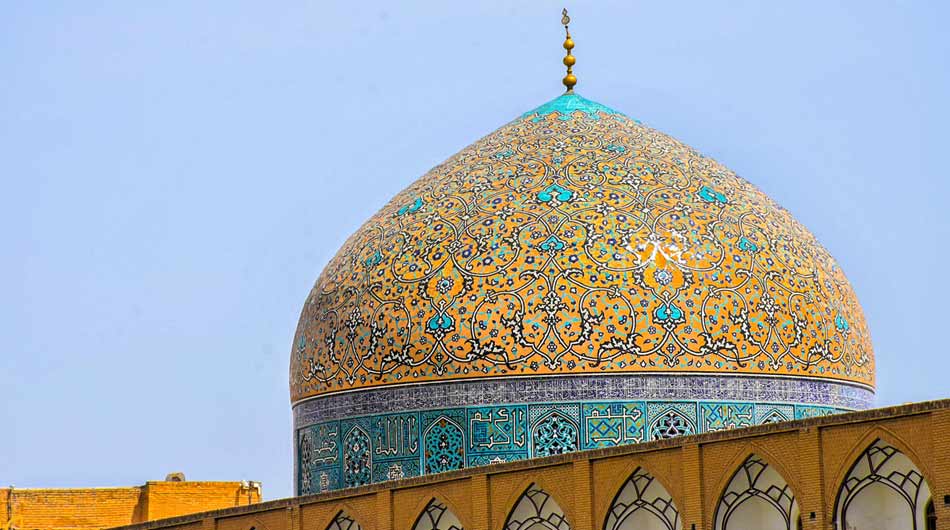Persian Architecture: Key Features and Historical Examples
Persepolis-Shiraz.jpg" alt="Persepolis-Shiraz" width="950" height="530" srcset="https://iranparadise.com/wp-content/uploads/2024/09/Persepolis-Shiraz.jpg 950w, https://iranparadise.com/wp-content/uploads/2024/09/Persepolis-Shiraz-768x428.jpg 768w" sizes="(max-width: 950px) 100vw, 950px" />
Persian architecture is one of the most distinguished and enduring architectural styles in the world. Its history spans over 2,500 years, marked by various cultural, religious, and political influences that have shaped the region’s identity. From the grandeur of Persepolis to the intricacies of Isfahan’s mosques, Persian architecture is renowned for its aesthetic beauty, technical brilliance, and symbolic meaning. In this article, we will explore the key features of Persian architecture and highlight some of the most important historical examples.
Key Features of Persian Architecture
Symmetry and Geometry Persian architecture is characterized by a strong sense of symmetry and geometry, which reflects the ancient Persians’ deep appreciation for order and harmony. This can be seen in both the layout of cities and individual buildings. Square, rectangular, and circular shapes often dominate, while precise calculations ensure proportionality. Geometric patterns also adorn many surfaces, from walls to ceilings, serving both a decorative and symbolic function.
Iwan and Arches The iwan—a large, vaulted hall open on one side—is one of the most iconic elements of Persian architecture. Originally a feature of ancient Persian palaces, the iwan was later adopted in Islamic architecture, particularly in mosques and madrasas (schools). The arch, especially the pointed arch, is also a key feature, often used to support ceilings and domes. These arches not only provide structural support but also create a sense of grandeur.
Domes and Vaulted Ceilings Domes have long been a hallmark of Persian architecture, symbolizing the heavens and spiritual transcendence. Persian architects perfected the technique of building large, double-layered domes that allowed for impressive interior space without compromising structural integrity. Vaulted ceilings, often decorated with intricate tile work, further enhance the sense of space and height. The use of muqarnas—three-dimensional, honeycomb-like structures—on ceilings and domes adds another layer of complexity and beauty.
Tile Work and Color Persian tile work, known as kashi, is world-renowned for its vibrant colors and intricate designs. Blue and turquoise dominate, symbolizing the sky and water, while other colors like yellow, green, and white add depth. Tiles are often arranged in elaborate patterns, including floral motifs, arabesques, and calligraphy, which give a spiritual and aesthetic significance to the architecture. The use of glazed bricks and tiles to create mosaics is a distinct feature that adds color and texture to many Persian structures.
Gardens and Courtyards The concept of the Persian garden—an enclosed paradise, often featuring water channels and lush greenery—is central to Persian architectural philosophy. The layout of these gardens typically follows a quadrilateral design known as Chahar Bagh, symbolizing the four elements of nature: earth, water, air, and fire. These gardens were often part of palace complexes or public spaces, providing a peaceful retreat in the midst of urban environments. Similarly, courtyards are a prominent feature in both residential and religious buildings, offering open space for gatherings and reflection.
Materials and Craftsmanship Persian architects have traditionally used locally available materials such as stone, brick, wood, and clay. In the deserts of central Iran, mud brick and adobe were commonly used, while stone was more prevalent in the mountainous regions. Persian buildings are also known for their high-quality craftsmanship, with intricate carvings, stucco work, and mosaics that demonstrate a mastery of decorative arts. This combination of practical engineering and artistic expression is one of the reasons Persian architecture has endured through the centuries.
Historical Examples of Persian Architecture




Persian architecture is a testament to the ingenuity, artistry, and cultural richness of the Persian people. Its key features—such as symmetry, arches, domes, and tile work—have left an indelible mark on the architectural landscape of the Middle East and beyond. From the ancient palaces of Persepolis to the mosques of Isfahan, Persian architecture continues to inspire and captivate, serving as a bridge between past and present. Through its enduring beauty and innovative techniques, Persian architecture remains a vital part of the world’s cultural heritage.
Tags:Adventure holidays, Best time to travel to iran, best tour operator iran, Cultural sites of Iran, Economy of Travel, Holiday in Iran, Iran Architectural, iran attractions, Iran country, Iran cultural, iran destinations, Iran enriching experience, Iran sightseeing tours, iran Solo trip, iran tour, Iran tour packages, iran tourist attractions, Iran travel agency, iran travel expenses, Iran Travel Guide, Iran Travel Tips, Iranian culture, Iranian Hospitality, iranparadise, Jameh Mosque of isfahan, must-visit Iran, Persepolis, persia tour, Persian Architecture, Sheikh Lotfollah Mosque, Surfing In Iran, Tomb of Cyrus, top tourist destinations, travel to iran, Traveling to Iran, travelling to iran, trip to iran, vacation packages, visit iran, درناگشت
